House cats have long been seen as independent creatures, capable of managing on their own for extended periods. However, while they exhibit a level of independence, there is a growing curiosity about whether they can truly thrive without human companionship. Understanding cats’ needs, behavior, and domestication history can provide insight into this question.
The Origins of House Cats

Domestic cats, or Felis catus, are believed to have descended from the African wildcat. This domestication began thousands of years ago, primarily for practical purposes such as pest control. Over time, felines adapted to cohabitation with humans. This historical relationship influences the modern house cat’s behavior and its perceived need for companionship.
Natural Instincts

House cats retain many instincts of their wild ancestors, such as hunting. Cats are natural predators, and even indoor cats often exhibit behaviors like stalking or pouncing on toys, mimicking the hunt. These instincts contribute to their capacity for boredom and the need for mental stimulation, which human interaction can provide.
Are Cats Truly Solitary?
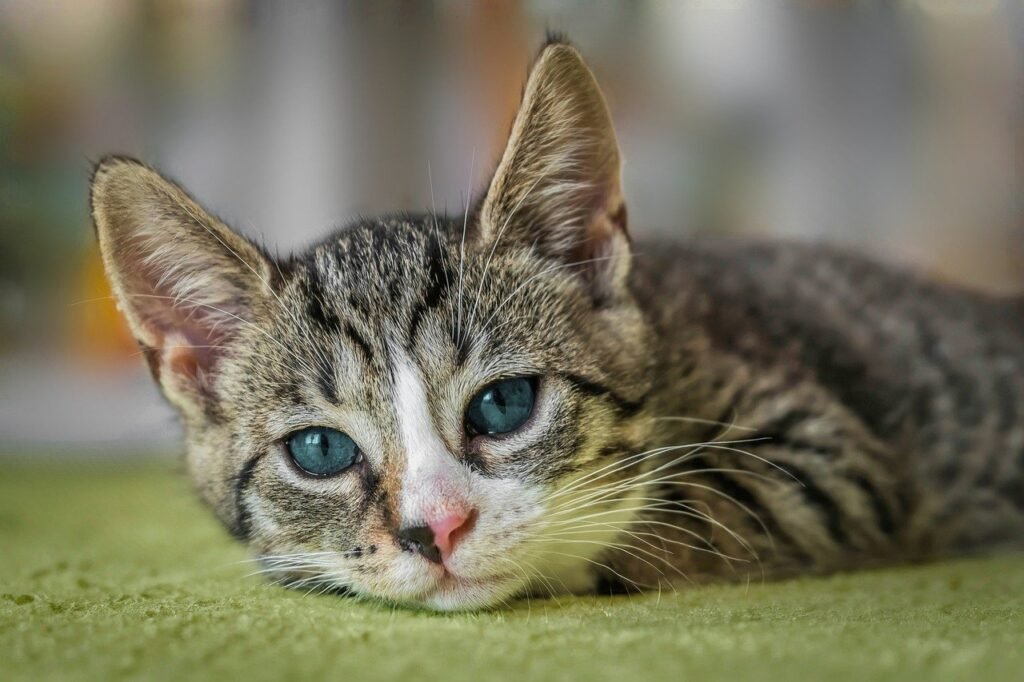
Unlike dogs, cats are often characterized as solitary animals. However, research shows that they can form social bonds with humans and other animals. In multi-cat households, cats can develop intricate social structures. These findings suggest that cats are not as solitary as once believed, and companionship can play a vital role in their well-being.
Behavioral Changes in Isolation

Cats left in isolation for extended periods without companionship might exhibit signs of stress or anxiety. Changes in behavior can include increased aggression, vocalization, or destructive behavior. Such changes imply a level of social need that, when unmet, can affect their psychological health.
The Role of Human Interaction
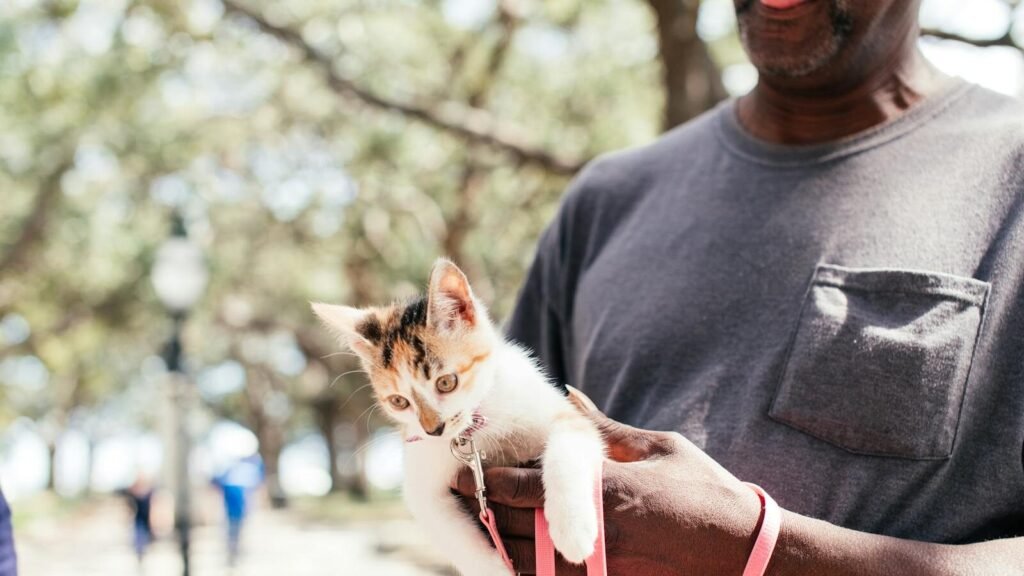
Human interaction provides cats with more than just food and shelter. Play, petting, and simple presence can reduce stress and increase comfort. Many cats enjoy routine interactions with their human companions, and such relationships can contribute positively to their life quality.
A Substitute for Companionship?

While cats can tolerate being alone, they need stimulation to thrive. Environmental enrichment, such as toys, climbing structures, and puzzle feeders, can mitigate the lack of human interaction. These tools can help engage their senses and promote natural behaviors, providing mental and physical stimulation.
Health Implications of Solitude
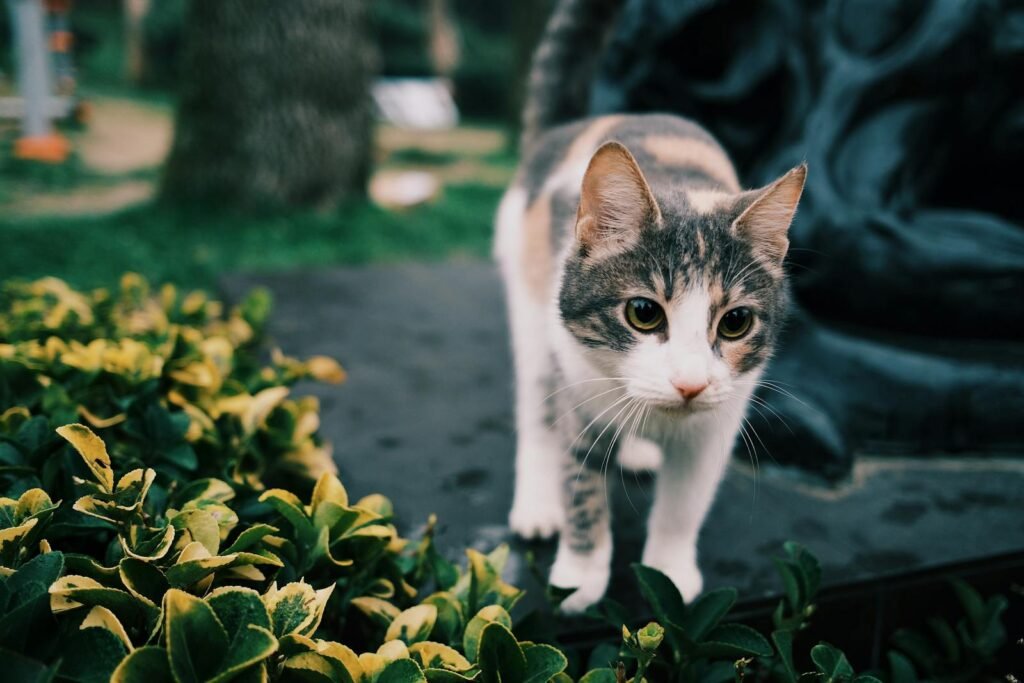
Cats deprived of human companionship over prolonged periods might experience negative health outcomes. Stress from isolation can lead to physical issues such as weight loss or gain, lethargy, and even weakened immune responses. It’s important to monitor these potential problems, as they can have long-term impacts on a cat’s health.
The Unique Nature of Individual Cats
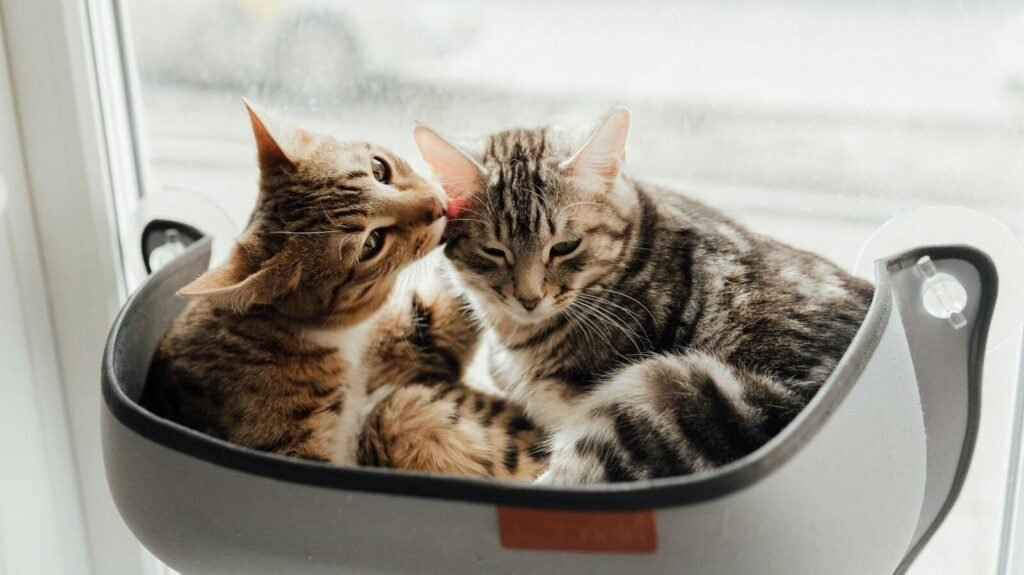
It’s essential to recognize that not all cats react the same to solitude. Each feline has a unique temperament, and while some may enjoy solitude, others may display stronger needs for companionship. Understanding a particular cat’s personality can guide owners to provide the appropriate environment for its well-being.
Alternatives to Constant Human Presence
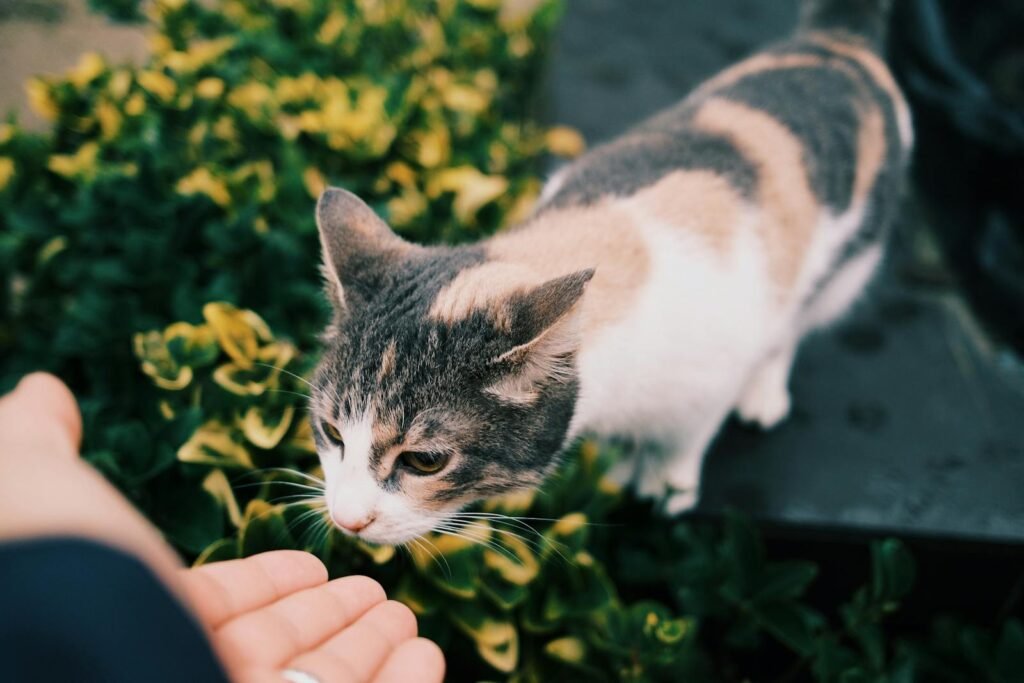
For cat owners concerned about their pet’s loneliness, there are alternatives to constant human presence. These include pet sitters, interactive pet cameras, and companionship with other pets. Such measures can ensure a balanced environment that caters to a cat’s social and mental needs.
Finding the Balance
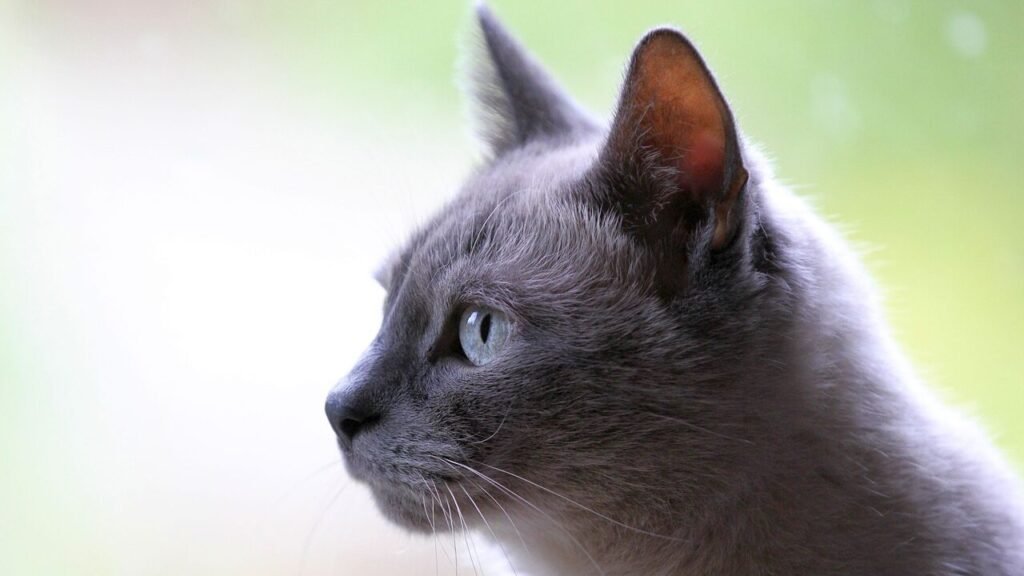
While house cats possess an undeniable level of independence, they thrive best with some degree of companionship and environmental enrichment. Understanding a cat’s specific needs and providing appropriate human interaction or enrichment can lead to a healthier, happier life for these captivating creatures.

Growing up traveling and experiencing new cultures and wonders, I have had a passion for nature, adventuring, photography, and videography. I am currently working towards a BSc in Biodiversity and Ecology at Stellenbosch University, and I hope to specialise in Marine Sciences one day.
Please send any feedback to Feedback@animalsaroundtheglobe.com






